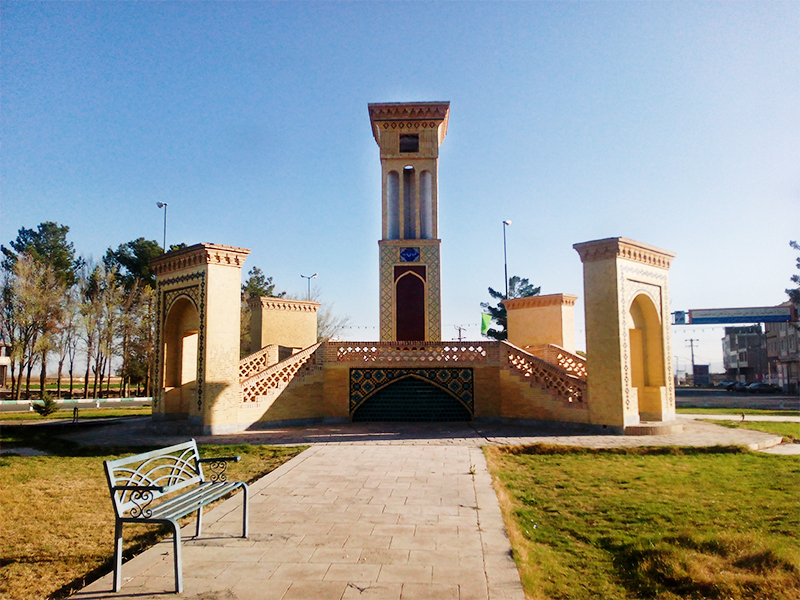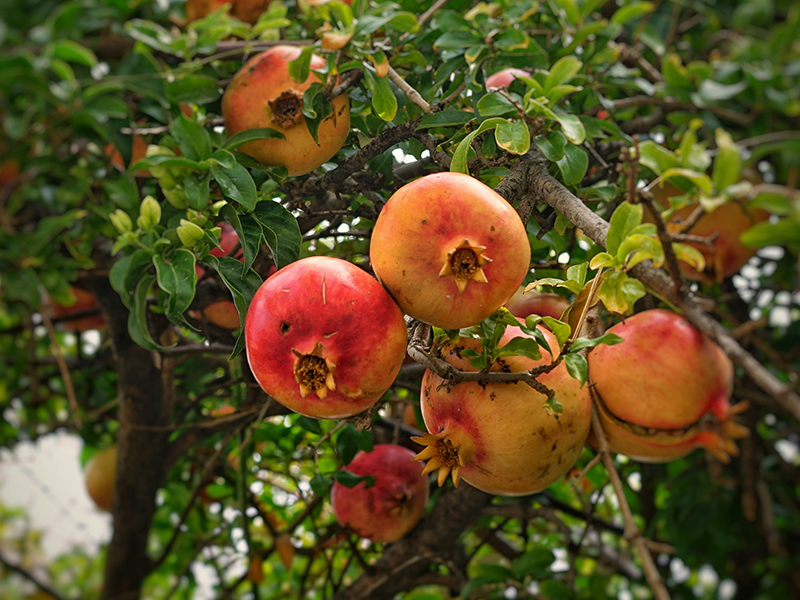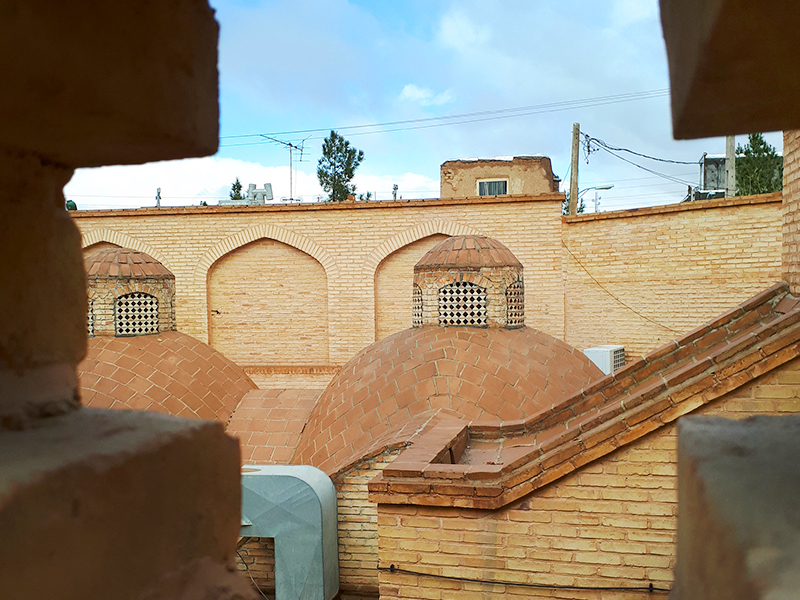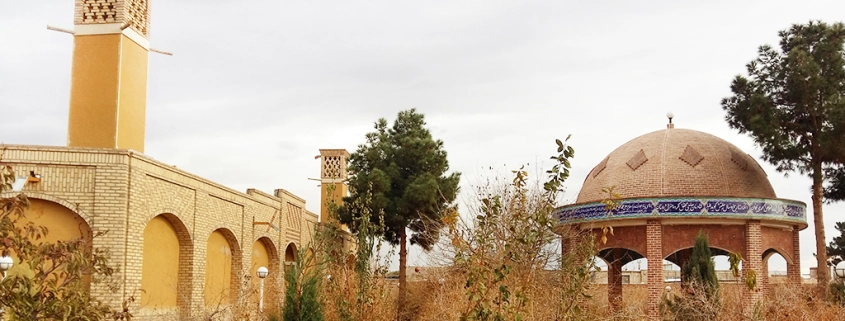Badrud (History, Weather, Location, Photos)
Badrud is one of the historical and pilgrimage cities in Iran, which is strategically located at the geographical center of the country. This charming city, which is located in Isfahan province, is located on the slopes of the Vulture Mountains in the south and on the borders of the central desert of Iran in the north and is like a shining gem in the vast expanse of the central plateau.
This city, which houses historical and pilgrimage places such as the Imamzadeh Agha Ali Abbas and Şehzade Mehmed, descendants of Imam Musa Kazem, has prominent buildings such as the Mahdiq al-Dowleh House, the Raha-gosha House, the Nogheh Bathhouse, and the Matinabad Desert Camp.
Join us to learn more about the charm and appeal of Badrud, this beautiful city, and unveil its rich history and pleasant environment.
Badrud Ancient Village History
Due to its history and unique civilization, the city of Badrud has a significant place among the historical and ancient cities of Iran. Archaeological excavations in the ancient site of ” Siah Boome ” in the village of Arisman Badrud have provided evidence that 6500 years ago, the inhabitants of this area were the first metalworkers in history.
They were pioneers in creating copper smelting furnaces and were engaged in the production of copper vessels and artifacts in this land. The history of the ancient village of Badrud is deeply rooted in the ingenuity of its people and has marked an important chapter in the historical and industrial developments of this region.
Badrud Village Naming
The naming of Badrud is rooted in respect for the four basic elements of life, namely water, wind, earth, and fire, which were important among the people of Iran before the advent of Islam. Among these elements, the wind, which is a symbol of sanctity and respect, caused this land to be named “Badrud,” where “Bad” means wind.
Later, during the time of the Pahlavi rule, the suffix “rud” was added, transforming it into Badrud. Some believe that the ancient Iranians considered the 22nd day of the solar month “Bad” or “Badrouz” and emphasized the sacredness of the wind element. Initially named “Badday,” the city eventually evolved into Badrud over time, reflecting its historical connection to the veneration of the wind element.
Badrud Weather
Badrud has a semi-arid climate characterized by hot summers and cool winters. Located in the heart of the Iranian desert, this city experiences high temperatures during the summer months, often reaching 30°C (86°F). On the other hand, winters are relatively mild, with temperatures dropping to around 5 °C (41 °F).

The area receives limited rainfall, which contributes to the arid nature of the landscape. Dust storms are not uncommon, especially during the dry summer season. Despite the challenging weather conditions, Badrud ‘s unique climate adds to the distinctiveness of its surroundings and makes it a flexible and attractive destination for visitors (Badrud Weather).
Local Dialect of Badroud People
The local dialect spoken by the people of Badrud is known as “Badrudi,” which belongs to the Central Iranian languages and is a branch of the Northwestern Iranian languages.
This language is part of the Kurdish language family. The Badrudi dialect reflects the cultural and linguistic heritage of the region and links it to broader linguistic traditions in central and northwestern Iran.
This local language adds a unique linguistic flavor to the community and showcases the rich history of linguistic diversity in the region.
Badrud People’s Jobs
The main occupation of the people of Badrood is mostly around agriculture and horticulture. Agriculture plays an important role in the local economy, and many residents engage in activities such as growing crops and horticulture.
Agriculture is not only a means of livelihood but also a reflection of the natural resources and climate of the region. In addition to the agricultural sector, there is also a significant presence of industries and services that help the overall economic vitality of the region.
This diverse economic landscape demonstrates the resilience and adaptability of the people of Badrud as they engage in a variety of occupations to sustain their community.
Badrud Pomegranate
Badrud is famous for its exceptional pomegranates, especially the rare variety known as “Anar Nedri Badrud,” one of the four famous varieties of pomegranates in the country. Every year, nearly 70% of the pomegranates produced in this city are exported to foreign countries, which shows the global appeal of Badrud pomegranates.
The establishment of the National Pomegranate Festival in mid-November each year is a great sign of the fame of Badrud’s pomegranates. Badrud, with more than two thousand hectares of pomegranate orchards, annually supplies more than 40 thousand tons of pomegranates to the domestic and international markets.

Among the 184 known pomegranate varieties around the world, four known varieties in Iran are Nederi Badrud Pomegranate, Males Saveh, Shisheh Gop Ferdows, and Robab Neyriz Riz.
Pomegranates from Badrud are categorized based on taste, color, and skin into three types: sweet, sour, and semi-sweet (Mikhoosh).
Badrud Nogheh Bathhouse
The historical bath of Nogheh is a valuable relic of the Safavid Empire era, which is an example of the brilliance of ancient Iranian architecture. This bath, like other traditional Iranian baths, has a changing room or sarbineh, a treasury, a bath area, and a large section which are connected by small ponds.
The floor of the bathroom is six meters below the level of the public street, and a well leads to the bathroom through a bucket and a rope. The sarbineh’s basin is two meters deeper than the bathhouse floor, and the treasury is positioned accordingly. This height difference facilitates the simultaneous filling and emptying of all pools.
The different parts of the bathroom, including the dressing room and interior spaces, are connected by water channels made of ceramic materials and connected by small basins.
This innovative system ensures access to hot water throughout the bathroom, and at the same time, the circulation of hot water through these channels heats the bathroom floor.
Adineh Badrud Isfahan
The mosque or shrine of Adineh Badrud has a rich history dating back to ancient times and was one of the religious temples and sanctuaries of the region.
According to archaeologists and historians of the Sassanid period, this building has traces of Mithraic worship, and contains elements of Anahita and Sun worship, and displays unique aspects of the Adineh Mosque.
The word “Adineh” originates from the ancient Zoroastrian language of ancient Iran and was later applied to this ancient building. After the advent of Islam in Iran, this building became a mosque with simple adobe mihrabs with modest decorations.
The evolution of the Adineh Mosque reflects the cultural and religious transitions that have shaped the architectural heritage of Badrud over the centuries.
Badrud Location
To reach Badrud, you can travel about 130 km on the Isfahan-Kashan highway from Isfahan. From Tehran, this trip includes a distance of 280 kilometers on the Tehran-Qom-Kashan highway, where Badrud is located 60 kilometers after Kashan (Location on map).

If you approach from the south, the Yazd route leads through Nain-Ardistan for approximately 300 km along the Yazd-Tehran highway to Badrud on the side of the highway.
In addition, the national railway passes through this city, making Badrud one of the most important rail links in the country. Its strategic location and accessibility help Badrud ‘s importance as a key transportation hub in Iran.
Final Word
Badrud is a city steeped in history and cultural importance, known for its ancient roots and unique contributions to Iran’s heritage. From its exceptional pomegranates to the Adineh Mosque, every aspect of Badrud shows the resistance and rich tapestry of this region.
The historical village of the city, its local dialect, and the occupation of the people in agriculture further show Badrud’s deep connection with its past and its various aspects today. As a transportation hub, its strategic location and accessibility have made it a central point in the heart of Iran.
Badrud truly emerges as an enticing destination, inviting visitors to discover the charm and uniqueness of this outstanding city.
Are you planning to travel to Iran and looking for an Iran resort? Consider Matinabad Eco-resort.





Leave a Reply
Want to join the discussion?Feel free to contribute!